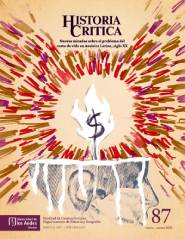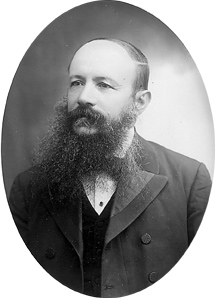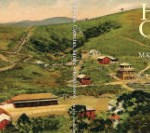Feb 15th, 2022

image provided by the author
The Caribbean monk seal (Monachus tropicalis), the only seal species native to Central America, was declared extinct in 2008. The article Erasing the extinct: the hunt for Caribbean monk seals and museum collection practices traces how collection practices by museums, zoos, and aquariums contributed to its extinction. Today, those institutions do not make visible the Caribbean monk seal or the museums’ role in its extinction.
Dolly Jørgensen, an environmental historian from University of Stavanger, Norway, has traced the role of museums, zoos, and aquariums in the extinction of the Caribbean monk seal (Monachus tropicalis) in an article published in História, Ciências, Saúde – Manguinhos. This is the first study to reveal the linkage between museums and the extinction of the only Central American seal species. His research is funded by the Research Council of Norway.
Professor Dolly Jørgensen has collated the sources about Caribbean monk seals in museum collections, including all the known historical drawings and photographs of the animals both alive and dead up to the point of the monk seal’s extinction in order to counter its erasure.
“There is only one museum in the world that has a Caribbean monk seal on display for visitors,” Jørgensen noted. “Although they were complicit in the loss of this species, they aren’t telling its story.”
From 1886 to 1900, museums sponsored several expeditions to kill hundreds of Caribbean monk seals. They knew that the monk seal numbers had been drastically reduced by earlier hunting, but they wanted to collect scientific specimens before it became extinct. Extinction is a pressing global problem, with more than one million species threatened with extinction according to the best scientific estimates. The Caribbean monk seal was the second marine mammal known to have become extinct in the modern era.
See full supplement:










